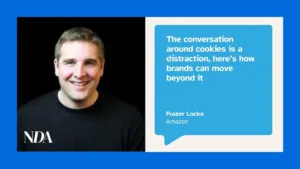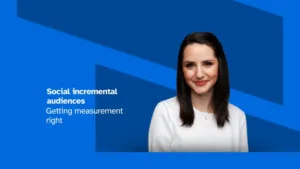By Ben Erdos, Chief Services Officer, Total Media Solutions
The past year has been eventful in digital media; particularly around privacy as regulation tightens and Google reiterates its intention to phase out third-party cookies.
The good news is that publishers can position themselves in a way to make the most of these changes. With no single scalable identity solution yet available, first-party data has come to the fore. But, what makes it so valuable?
Getting closer to audiences
Publishers are increasingly seeing opportunities from deeper, more holistic relationships with their audiences. A greater understanding of what current users respond well to can help publishers adapt experiences accordingly and even reinvent themselves in line with those preferences. Not only that, but more detailed information can highlight demographic gaps, provide more insights for user acquisition strategies, and help publishers expand their offerings in a way that caters to untapped audiences.
Critically, first-party data will also act as a life-line for publishers who need to maintain their advertising revenues going forward. In a world where third-party data is unavailable to marketers looking to reach their audiences, they are increasingly reliant on data publishers themselves can provide to compare with target profiles.
However, success in this depends on publishers creating the conditions for a reciprocal situation where their audiences are comfortable trading data for better experiences. Not only that, consumers need to clearly understand what information they will be sharing and what they get in return.
How to make it meaningful
With the introduction of GDPR in the EU in 2018, the publishing industry had to adjust to creating frameworks to gain not just consent from its users, but meaningful consent – that is, consent in which a user actively opts into the collection of their data.
As we move to the post-cookie world, meaningful consent will only become more important. By collecting data in a way that is clearly defined, publishers not only stay on the right side of regulations but also gain user trust. Audiences don’t want to feel pressured into giving their data and want to know how exactly their data is used – a clear on-page design can assist this.
Take, for example, the current cookie consent forms that are required on every site currently operating in regions that adhere to GDPR. Though the temptation may be to add logos, push users towards certain choices and obscure the finer print, having a clear, simple form ensures meaningful consent and establishes trust. As a result of these efforts, users will feel secure to share more data with publishers and a more mutually beneficial relationship can exist.
Third-party data is on its way out and has already been phased out in many cases, which means publishers should start reaping the rewards from first-party data strategy now. It will mean they are in a strong position to secure advertising revenues when the transition away from third-party cookies takes place fully. And a renewed prioritisation of meaningful consent for data exchange can redefine the relationship with audiences in a way that opens up greater opportunities for both parties.








